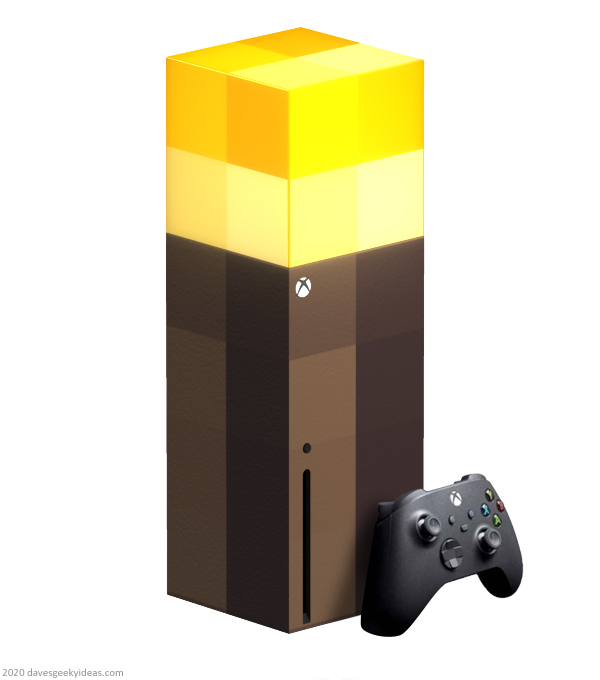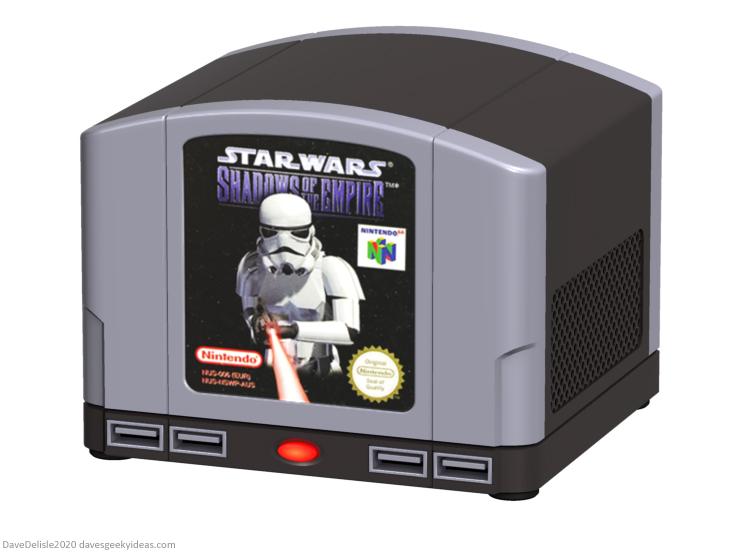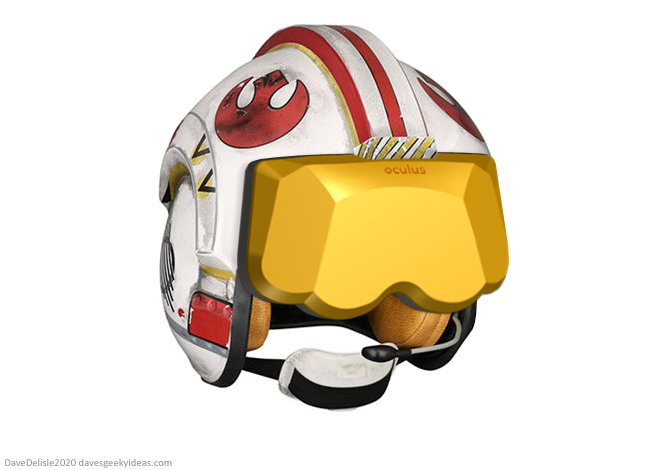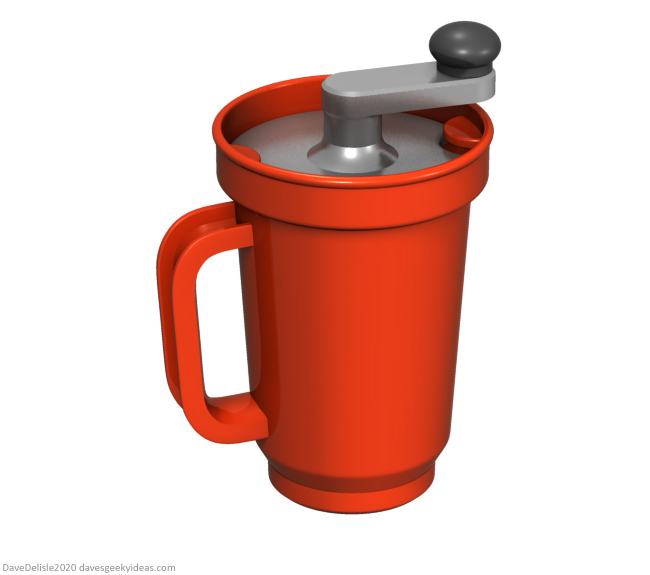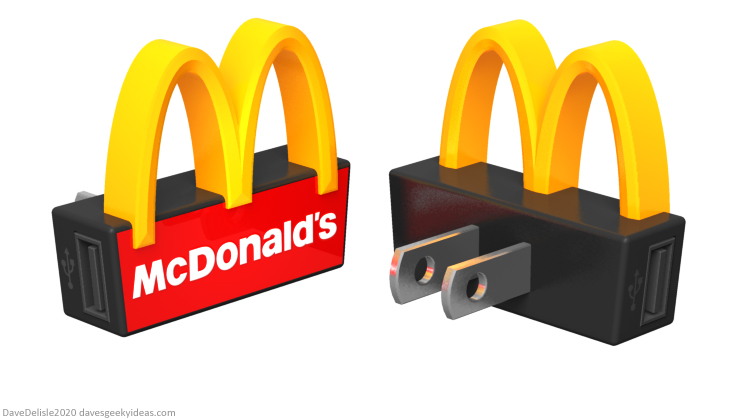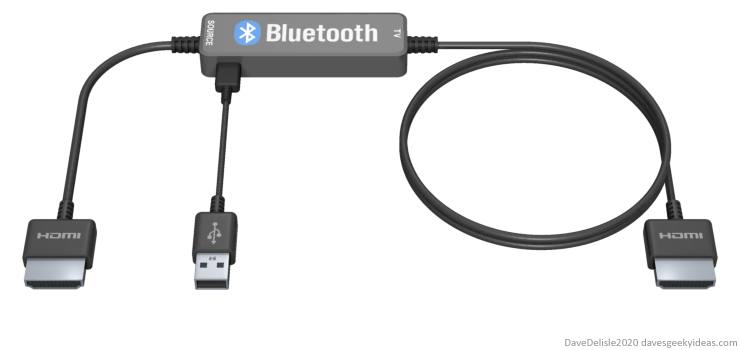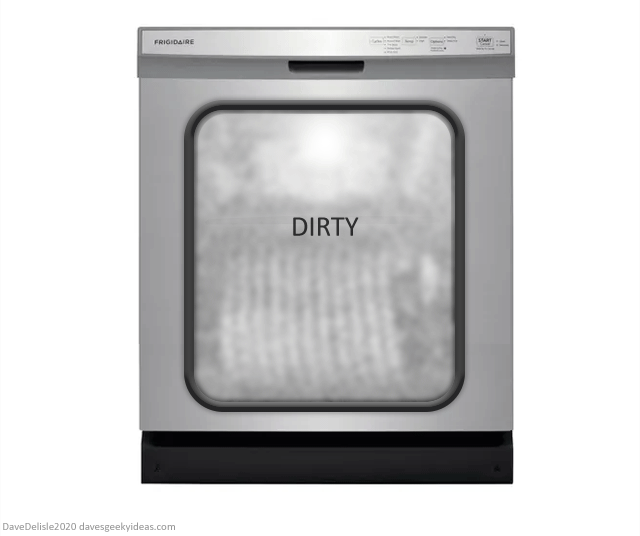
Privacy Glass (a.k.a. Smart Glass) is a neat invention, it converts clear glass into a frosted pane at the flick of a switch. This technology can be applied to a couple of common kitchen appliances in very interesting ways.
First up, the dishwasher. Most of the time, the glass will be frosted to conceal the dirty dishes within. After a wash cycle is complete, the glass will turn clear to denote the dishes are now clean. Once the dishwasher is emptied, the glass turns frosted again (weight sensors can determine the dish racks are now empty).
As for the fridge, the front door would be frosted most of the time. When someone approaches and trips a motion sensor, the glass door turns clear and the interior light illuminates, showing off all the food contained inside.
Probably the biggest reason we don’t see glass doors on fridges and dishwashers is because people don’t want to see a million condiments or filthy dishes all the time, but the Privacy Glass allows for a look inside when the occasion calls for it.
A similar approach could be applied to the microwave door and oven door, but I don’t see Privacy Glass being all that handy in either scenario, unless people don’t like seeing the insides of these appliances for whatever reason.
UPDATE (Nov 5th 2020): LG released a fridge called the InstaView a few years ago. I can’t tell if a dark tinted glass or privacy glass was used, but the basic functionality is the same. I’m not sold on the knock-knock interface, I’d rather tap or swipe on the glass like a smartphone instead.


